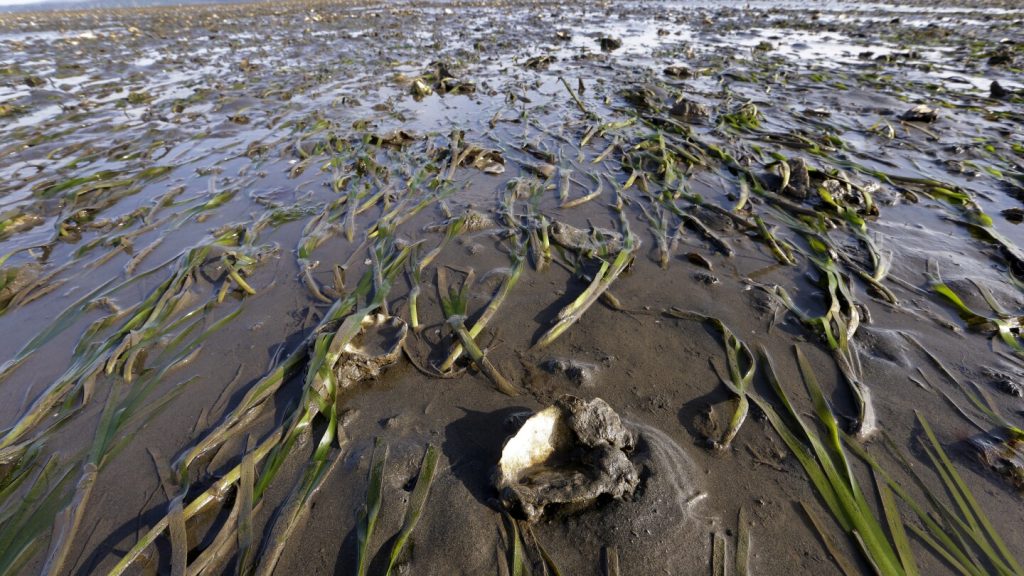A recent paralytic shellfish poisoning outbreak has impacted the Pacific Northwest, leading the U.S. Food and Drug Administration to issue a warning to consumers to avoid shellfish from Oregon and Washington state. Shellfish harvested from specific areas in northern Oregon and southern Washington may be contaminated with high levels of paralytic shellfish toxin produced by algae. This toxin can cause symptoms such as numbness of the mouth and lips, vomiting, diarrhea, and irregular heartbeat in severe cases, with no known antidote. Authorities have closed the coastlines in both states to shellfish harvesting and are investigating the cause of the outbreak.
Elevated levels of toxins were first detected in shellfish on the Oregon coast in mid-May, leading to at least 31 reported cases of paralytic shellfish poisoning in Oregon. The Oregon Health Authority has requested information from individuals who have harvested or consumed shellfish since mid-May to aid in the investigation and identification of the cause of the outbreak. In response to the outbreak, Oregon has closed its coastline to the harvesting of mussels, razor clams, and bay clams, while specific bays have been closed for commercial oyster harvesting.
Paralytic shellfish poisoning is caused by saxitoxin, a neurotoxin produced by algae that can damage nerve tissue. Symptoms typically appear within 30 to 60 minutes of consuming contaminated shellfish and can range from mild to severe, with no known antidote to the toxin. Oregon officials have stated that it may take weeks to months for toxin levels to decrease in shellfish, depending on the type. Mussels can eliminate the toxin relatively quickly, while razor clams may take several months to a year to do so.
The current outbreak of paralytic shellfish poisoning is attributed to a large algal bloom along Oregon’s coast, resulting in unprecedented levels of toxins in shellfish. Algal blooms can occur due to various factors, including favorable wind and water currents, high water temperatures, extreme weather events, and nutrient flow from human activities such as fertilizers. While PSP has been prevalent in regional waters for centuries, such high levels of toxins haven’t been detected in Oregon in decades, according to state officials. The economic impact of the harvesting closures may affect the Pacific Northwest fisheries industry, which generates $270 million annually and employs over 3,000 people.
The closure of shellfish harvesting areas in Oregon and Washington due to paralytic shellfish poisoning has led the FDA to issue a warning to consumers and businesses in several states regarding the potential contamination of shellfish from these regions. The investigation into the cause of the outbreak continues, and authorities in both states are monitoring toxin levels in shellfish. With no known antidote to PSP, caution is advised when consuming shellfish from affected areas, as symptoms can vary in severity and onset. As efforts to mitigate the outbreak and ensure public safety continue, the long-term impact on the shellfish industry and regional economy remains a concern.


